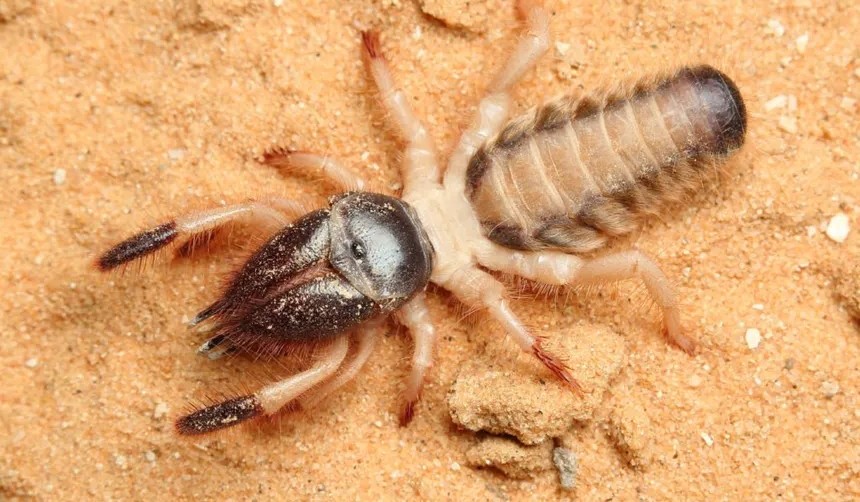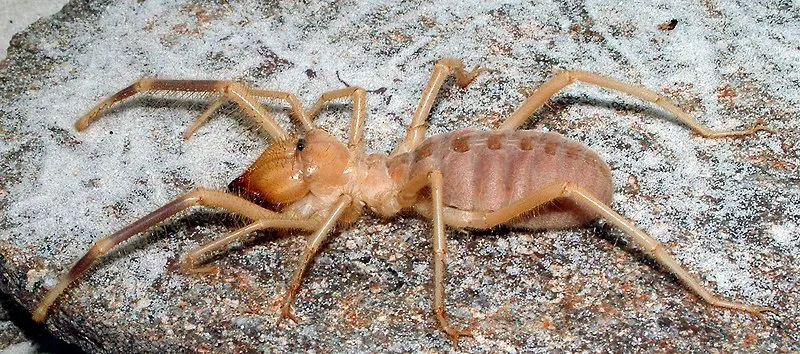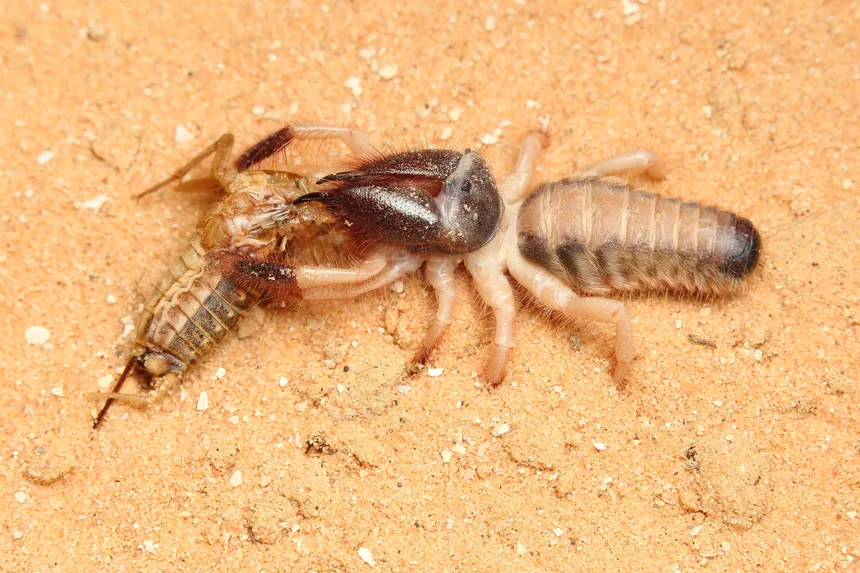The Truth About Camel Spiders

The camel spider, also known as a wind scorpion or sun spider, is one of the most misunderstood and mysterious arachnids on the planet. Found primarily in desert regions, these creatures have inspired countless myths, often exaggerated in pop culture and urban legends. Despite their terrifying reputation, camel spiders are not as dangerous as many believe.
This article explores everything you need to know about camel spiders, from their true nature and anatomy to their diet, habitat, behavior, and common misconceptions.
1. Not Actually Spiders or Scorpions
Although often called “camel spiders,” they are not true spiders and not scorpions either. Camel spiders belong to their own order: Solifugae.
- They are arachnids, like spiders, mites, and scorpions.
- There are over 1,000 species of Solifugae known globally.
- The name “Solifugae” means “those that flee from the sun,” referring to their nocturnal habits.
2. Where They Live
Camel spiders are native to desert and arid regions, particularly:
- Middle East
- North Africa
- Southwestern United States
- Mexico
- Central Asia
They thrive in dry, sandy environments where they can hide under rocks, debris, or burrow into the ground to escape the heat.
3. Anatomy and Appearance
Camel spiders have a striking and intimidating appearance:
- Size: They range from 2 to 6 inches (5–15 cm) in length, including legs.
- Color: Usually light brown or tan, helping them blend into desert landscapes.
- Legs: They have eight legs, like all arachnids, but the first pair functions like feelers, almost like an extra set of sensory limbs.
- Mouthparts (chelicerae): Powerful and large, these jaw-like pincers can tear prey apart and even cause a painful pinch to humans.
- No venom: Despite rumors, camel spiders are not venomous.
4. Lightning Fast Hunters
Camel spiders are known for their speed and agility:
- They can run at speeds up to 10 miles per hour (16 km/h)—hence the nickname “wind scorpion.”
- They use their speed to hunt down prey, not to chase humans (a common myth).
- Their strong legs also help them climb and dig quickly into the sand.
5. Carnivorous and Fierce Predators
Camel spiders are opportunistic carnivores, feeding on a variety of prey, including:
- Insects (crickets, beetles, termites)
- Spiders
- Scorpions
- Small lizards and rodents
- Occasionally other camel spiders
They use their chelicerae to crush and chew their prey and secrete digestive juices to help break it down.

6. Nocturnal and Solitary
Camel spiders are:
- Nocturnal hunters, hiding during the day to avoid heat and predators.
- Solitary by nature, only coming together for mating or territorial disputes.
- Attracted to light sources at night, which can lead to human encounters.
7. Mating and Reproduction
Mating behavior among camel spiders is both aggressive and ritualistic:
- Males approach females cautiously, using their front limbs to stimulate the female.
- Once accepted, the male deposits a spermatophore (packet of sperm) and guides it into the female’s reproductive tract.
- The female lays up to 200 eggs, usually in a burrowed chamber underground.
- She may guard the eggs and refuse to eat during this time.
8. Myth vs. Reality: Debunking Common Camel Spider Myths
Camel spiders have been the subject of sensational stories, especially among soldiers in desert war zones. Let’s debunk the most common myths:
| Myth | Truth |
|---|---|
| They grow as big as dinner plates | Most are under 6 inches long |
| They chase people to attack | They run to escape the heat, sometimes toward human shadows |
| Their bite is deadly | Not venomous; painful but not dangerous |
| They scream while running | They make no vocal sound |
| They eat camels or humans | Totally false – they hunt small prey only |
9. Defensive Behavior
Though they are not aggressive toward humans, camel spiders will defend themselves if provoked:
- Their bite can be very painful due to their strong jaws.
- However, no venom or poison is involved.
- Infection is the main risk, as with any puncture wound.
10. Role in the Ecosystem
Camel spiders play an important role in desert ecosystems:
- They help control populations of insects and other arthropods.
- Their burrowing behavior helps aerate the soil.
- Though feared, they are beneficial and not a pest species.
11. Are They Dangerous to Humans?
In general, camel spiders pose no serious threat to humans:
- Bites are rare and usually only happen when handled or accidentally stepped on.
- They are not venomous, not aggressive, and do not seek out human interaction.
- Still, they can appear startling due to their speed and appearance.

Conclusion: A Desert Predator Shrouded in Legend
The camel spider is a fascinating and misunderstood creature, adapted perfectly for survival in some of the world’s harshest environments. Despite its frightening appearance and notorious reputation, this arachnid is more harmless desert dweller than desert menace. By understanding its true behavior and characteristics, we can learn to appreciate this unique animal rather than fear it.



